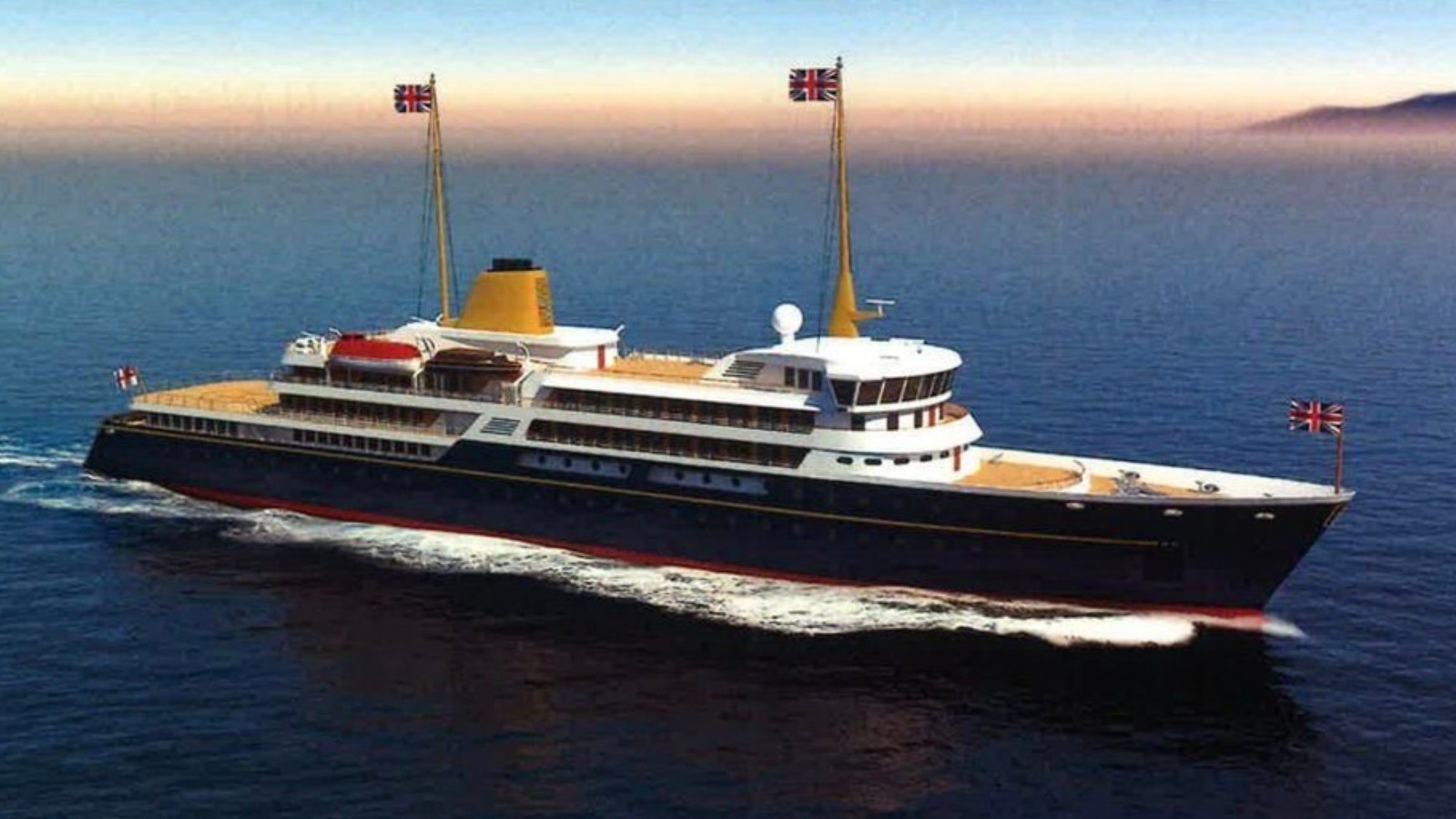Almost as soon as the United Kingdom’s Prime Minister Boris Johnson announced plans to spend up to around $280 million on a new Royal Yacht, the Royal Family itself moved to distance itself from the proposal, apparently considering it “too grand” for the modern era. The prime minister, who has long supported the project, unveiled the plans for the new vessel two days ago, apparently with the hope of naming it after Prince Philip, Duke of Edinburgh, who died earlier this year. Reports from the United Kingdom suggest the Royal Family was less than impressed with that idea, too.
“It is not something we have asked for,” an unnamed senior royal source told The Times about the ship. The same newspaper also reported that the Queen herself was unenthusiastic about the plan to build a new national flagship. It might be expected that a country facing the combined economic effects of the COVID-19 pandemic and an economic slump, as well as the uncertainty surrounding Brexit, would be inclined to share that viewpoint.

Since the monarch no longer undertakes overseas trips and the Royal Family will reportedly not use the new ship for any personal travel, it may well simply be a case that they consider the ‘Royal Yacht’ name superfluous or even misleading.
In fact, the ship as Johnson has described it will be more of a floating advertising vehicle to promote British trade around the world in the post-Brexit era than it will be a direct successor to the previous Royal Yacht Britannia, a luxury vessel that was decommissioned in 1997 without replacement.
The new ship, which is planned to be built in British shipyards, and will be crewed by Royal Navy personnel, will fly the flag for the United Kingdom during governmental summits and international talks, as well as hosting trade fairs, for example.
“This new national flagship will be the first vessel of its kind in the world, reflecting the U.K.’s burgeoning status as a great, independent maritime trading nation,” Prime Minister Johnson declared.
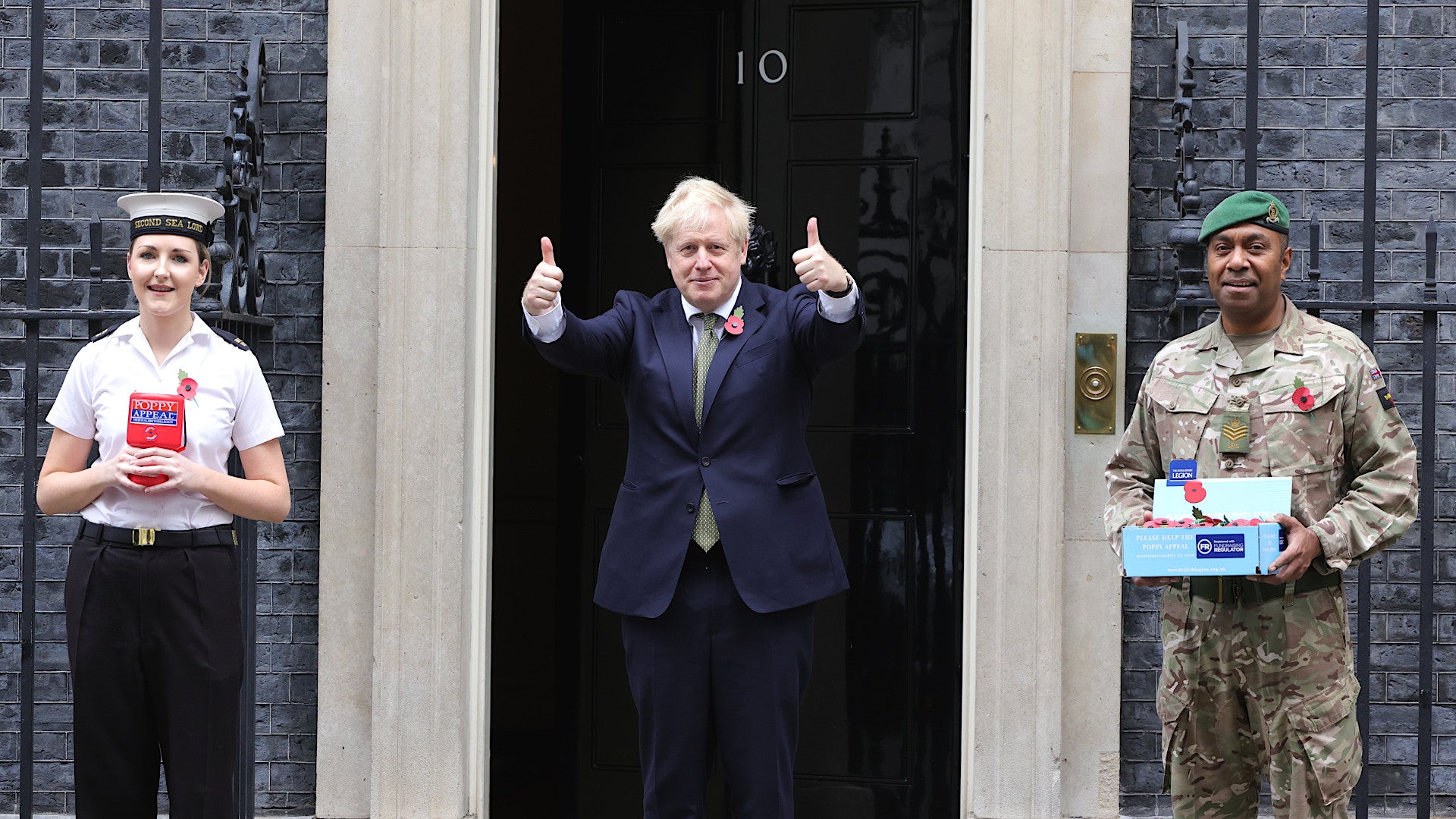
It was apparently also Johnson’s plan to name the ship in honor of the Duke of Edinburgh, who was a naval officer, although this has seemingly been abandoned under pressure from the royals.
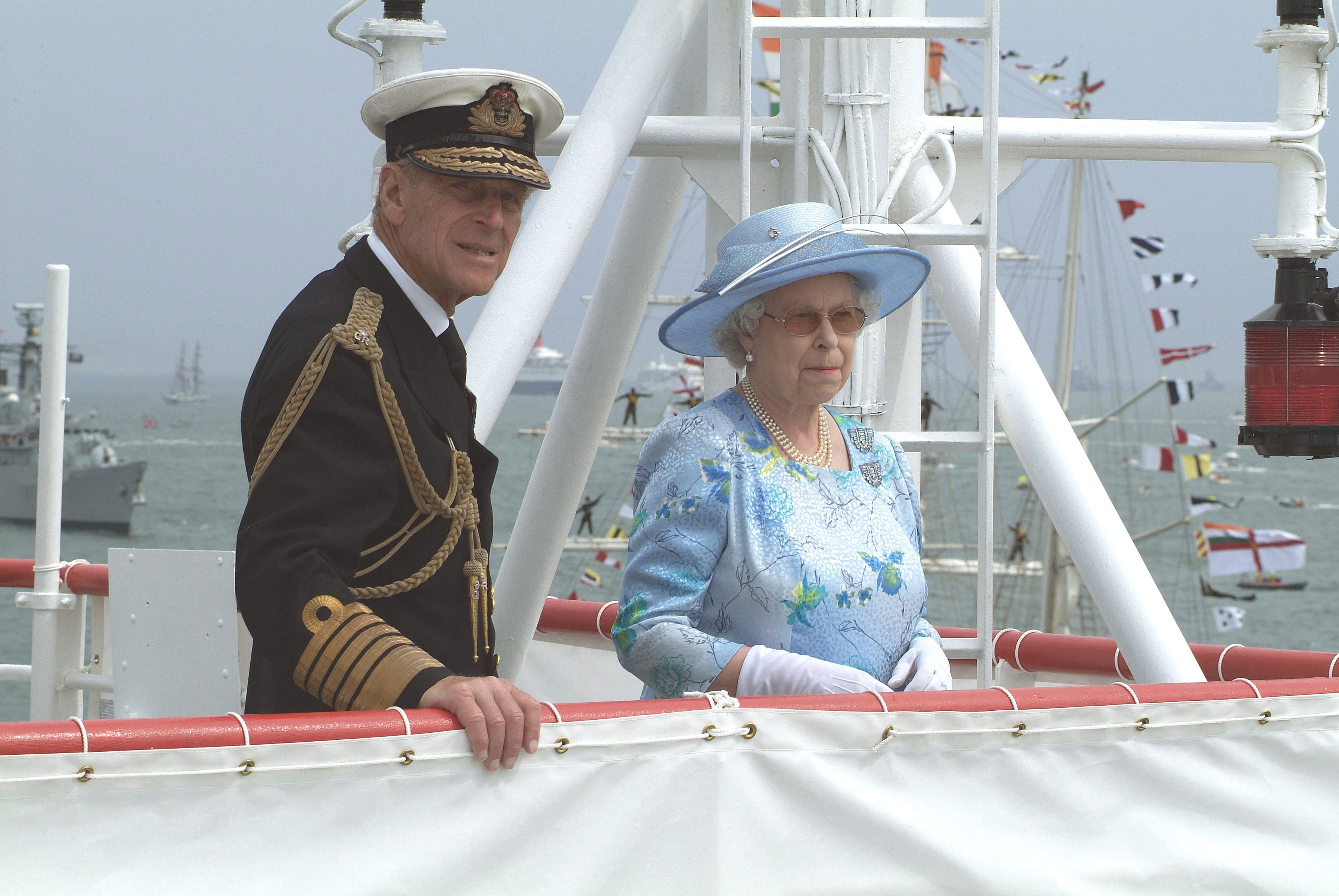
Indeed, it appears the very concept of devising a new Royal Yacht is not one that the Royal Family has been involved in.
“It is a government decision, Buckingham Palace has not been involved in the decision, but we respect it,” a palace source told The Times.
Without the palace’s support, the argument for a Royal Yacht — or at least, a vessel bearing its name — seems less convincing. While senior royals will be able to make use of the vessel during government-led overseas visits, it will be a far cry from the former Royal Yacht Britannia, upon which the Royal Family made regular holidays, often escorted by a Royal Navy warship.

In all, the Royal Yacht Britannia, which made its maiden voyage in 1954, completed 968 state visits and also served as the location for the honeymoon cruise of Charles and Diana, the Prince and Princess of Wales, in 1981.
So, while the Royal Yacht branding seems tenuous, the plan to have the new ship constructed by a U.K. shipyard could win more popular support as could the call to build a vessel that “reflects British design expertise and the latest innovations in green technology,” in the government’s words. The timescale to realize this is fairly ambitious, calling for construction to begin next year, followed by service entry within the next four years. It would be expected to serve for around 30 years.
Despite reports that the vessel will “boost the ailing shipbuilding industry,” currently the United Kingdom’s naval shipyards, at least, are looking fairly healthy. Work is underway on eight Type 26 and five Type 31 frigates, while the latest defense review outlined plans to build up to five new Type 32 frigates, up to six Multi-Role Support Ships (MRSS), and ultimately a new class of Type 83 destroyer. These are in addition to three Fleet Solid Support ships needed to support the Queen Elizabeth class aircraft carriers, and a Multi-Role Ocean Surveillance Ship.
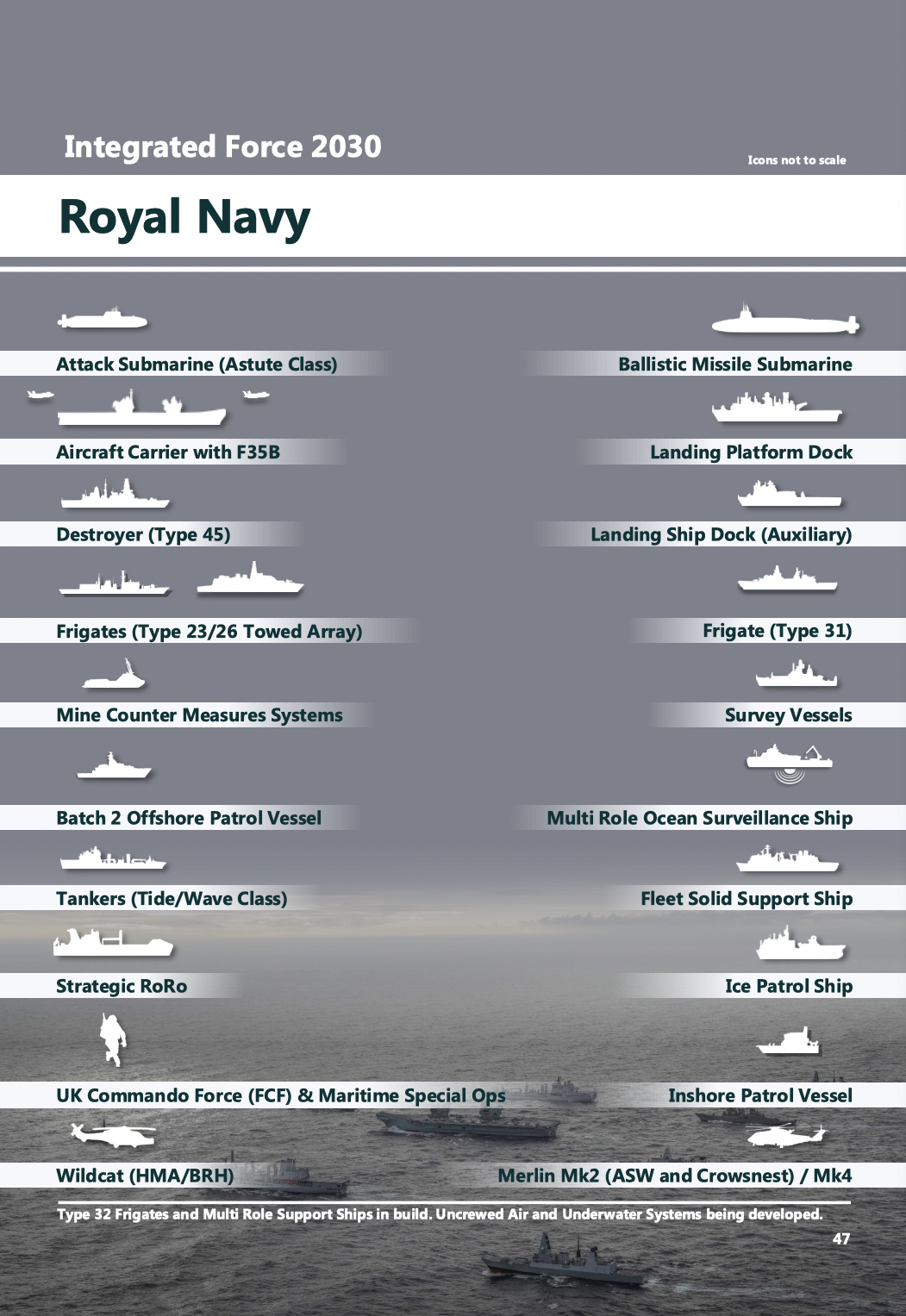
It’s also fair to say that similar Johnson plans to promote British interests have been met with mixed reactions. Last year, the Royal Air Force’s VIP-configured Voyager tanker transport aircraft appeared in a new high-visibility paint job with the Union Jack on the tail at a cost of over $1.1 million. The repainting of this aircraft, which can be used by the prime minister, members of the Royal Family, and other senior officials, was controversial, to say the least.
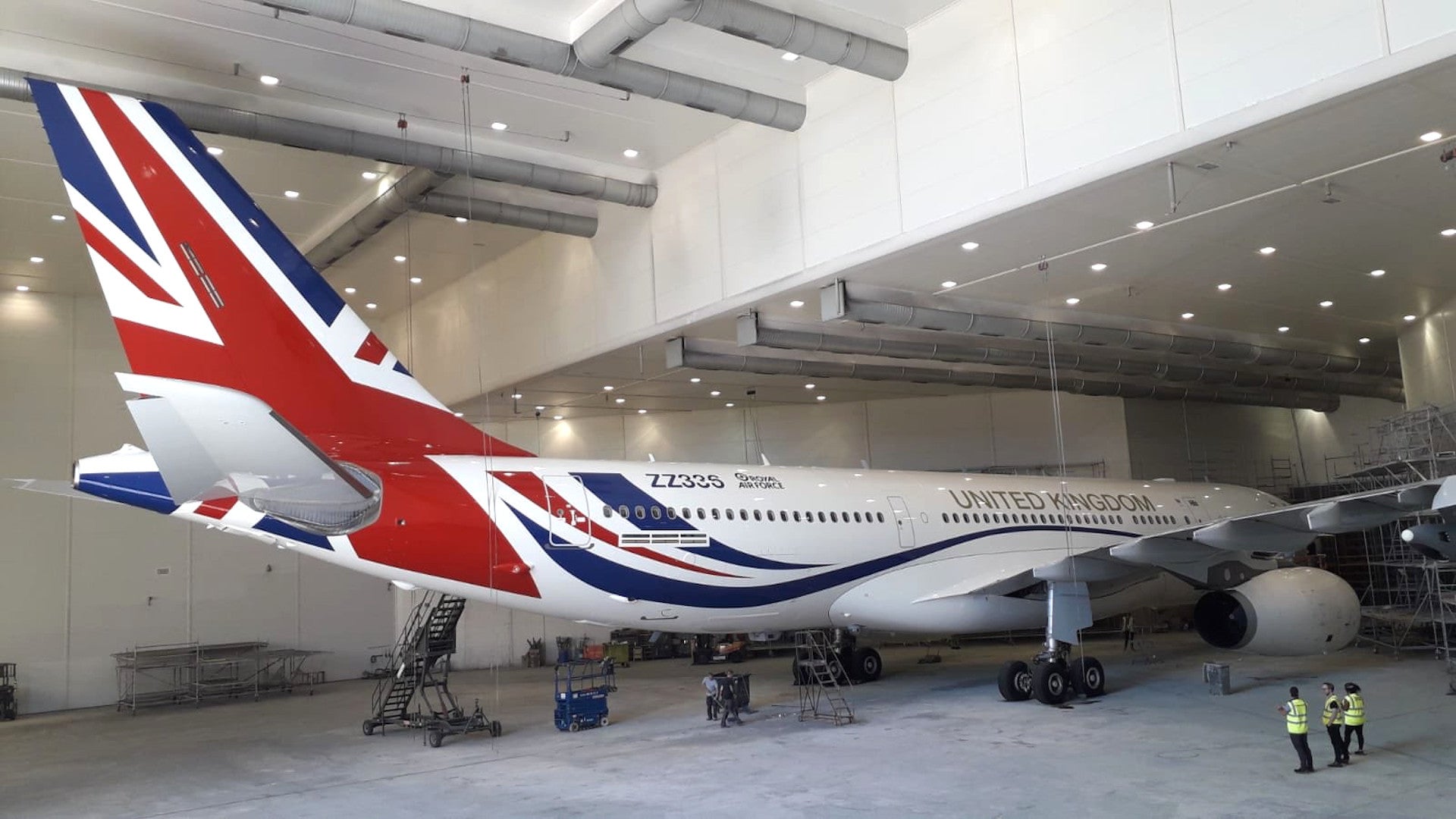
It seems that despite the palace’s lukewarm reaction to the new Royal Yacht, the plan is to push ahead with it regardless, although it’s hard to make a convincing case for the requirement when other countries successfully manage to conduct high-level meetings and promote trade and industry without the need for a bespoke national flagship.
In parliament, the plan has already attracted criticism from the opposition Labour Party.
“Right now, our country faces huge challenges, and there’s no sign the government has a plan for the recovery,” said Labour’s shadow treasury chief secretary, Bridget Phillipson. “If this ship is going to be part of a genuine plan for Britain’s future, the government must set out clearly how it will boost trade, jobs and growth in every corner of our country.”

Johnson previously brought up the idea of a new Royal Yacht back in 2017, when he was serving as Foreign Secretary. At the time he suggested it could be paid for using private backing, although it’s unclear if that is still being considered as an option.
Although the idea failed to gain much traction within Johnson’s Conservative Party back then, there has been some vocal support for the proposal since, in particular the Daily Telegraph running its own campaign to drum up support for it. One of its arguments has been that “trade days” aboard the Royal Yacht Britannia helped encourage lucrative trade deals, although this is very hard to verify.
Interestingly, the Queen also lobbied in the past for a replacement for the Royal Yacht Britannia, one of her senior officials telling the government in 1995 that she would “very much welcome” a new ship once this vessel was decommissioned. The related documents have since been removed from public view, but it now seems abundantly clear that her stance on this matter has changed in the intervening years.
There’s also an argument to be made that sending high-level delegations, royal or otherwise, around the world on a boat will bring a whole set of new force-protection and security issues that will have to be addressed. This ship, literally a big floating national symbol, would also present a massive target in an age where even non-state actors possess advanced weapons like anti-ship cruise missiles.
While the Royal Navy may have been the winner in the recent defense review, the government still has to pay for building and then operating its planned new ships, with the new Royal Yacht not only eating into much-needed budget but also likely demanding an escort vessel for at least some of its deployments. There are already concerns major that tasking commitments for escort vessels for Britain’s two carriers will not be met, along with many other independent naval priorities around the globe.
Of course, should the as-yet-unnamed new Royal Yacht bring in the business that’s promised, it might ultimately make good on its approximately $280 million pricetag. By way of contrast, a Type 31 frigate costs around $350 million. On top of the acquisition budget, however, there is also the cost of running the ship. In 2017, that was estimated at $12 million a year.
If it fails to live up to its promise, the new flagship could become an embarrassing white elephant and an expensive security risk on top of it.
Contact the author: thomas@thedrive.com
